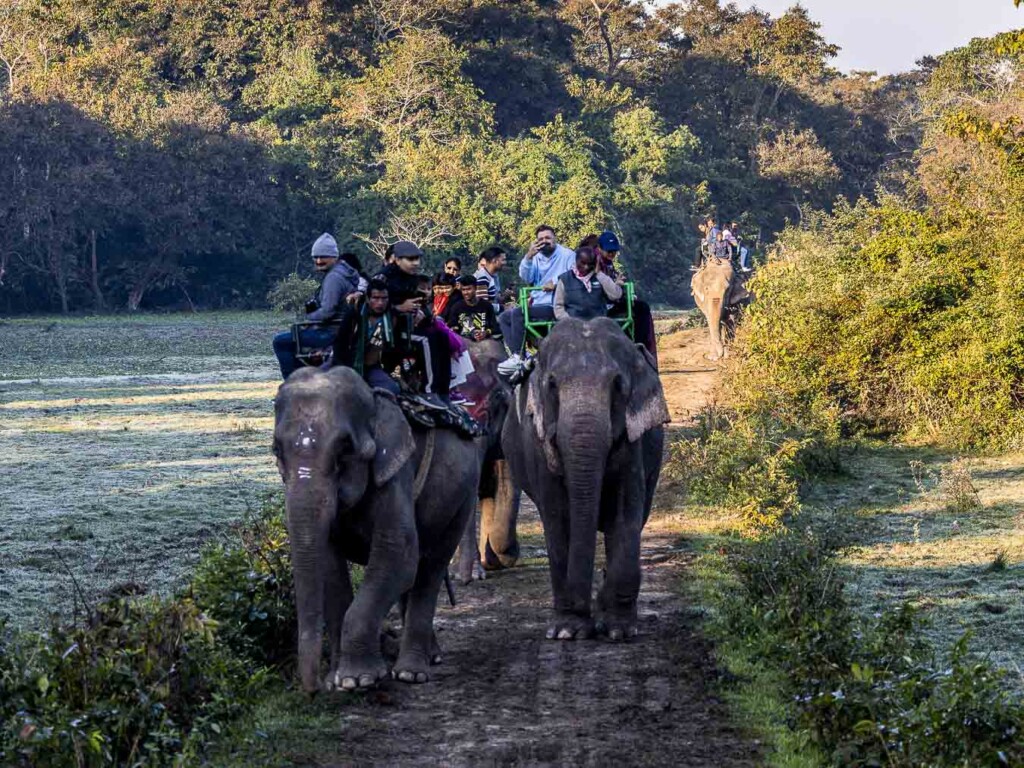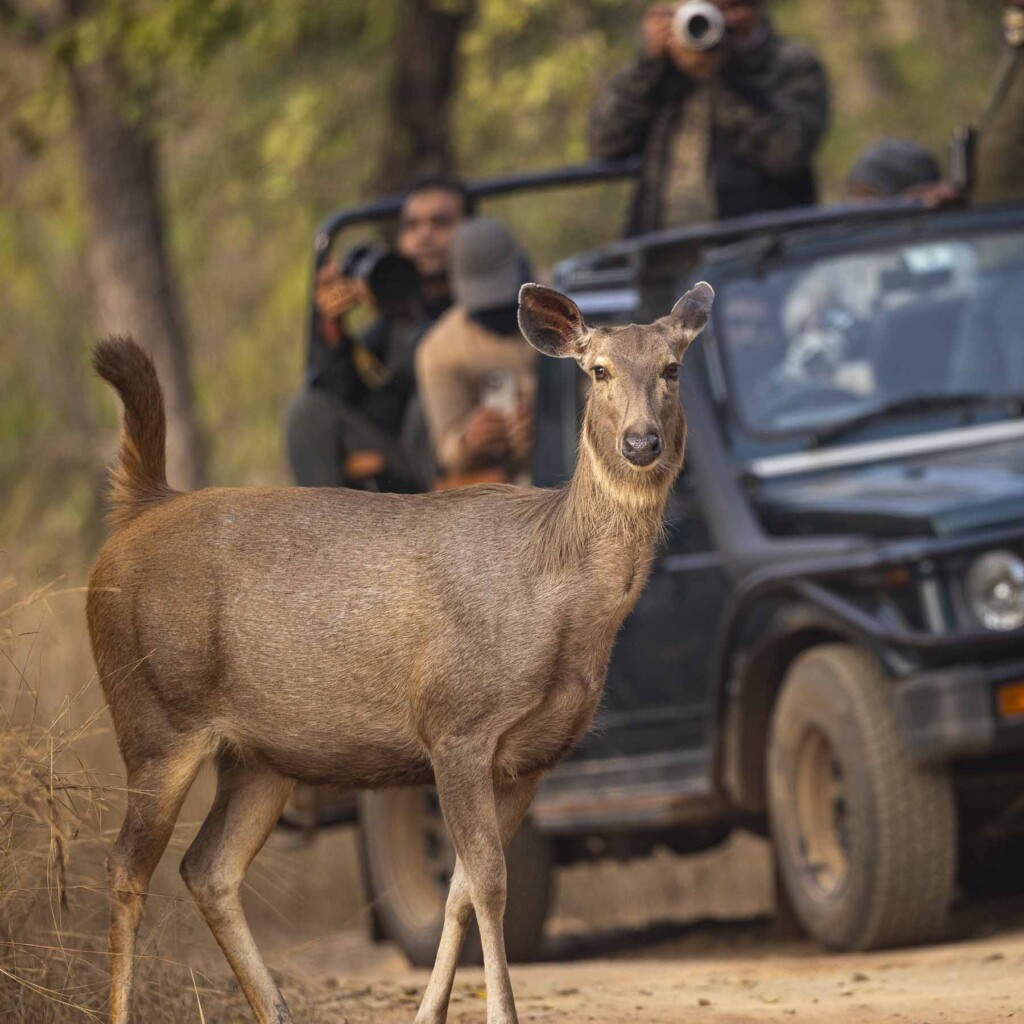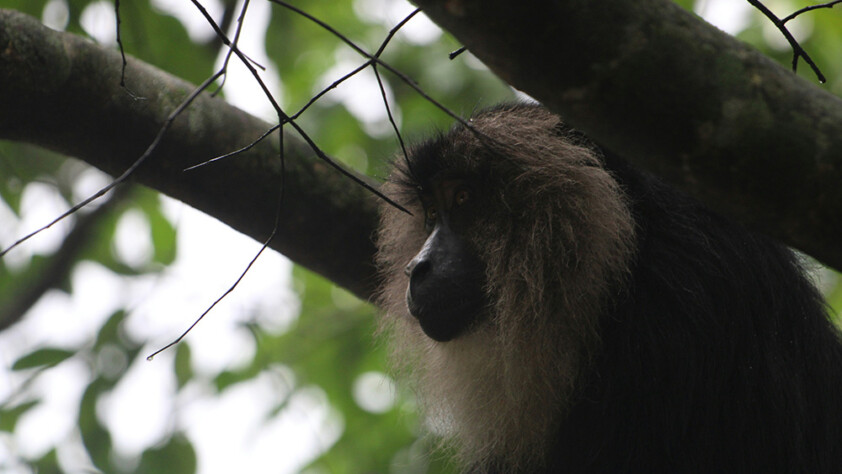
India is a treasure trove of biodiversity, offering a myriad of opportunities for wildlife enthusiasts through its flourishing wildlife tourism sector. Spanning diverse landscapes from dense forests to arid deserts, the country is home to a wide array of flora and fauna, making it a haven for nature lovers and adventure seekers alike.
One of the prime attractions of wildlife tourism in India is the thrilling safari experiences. National parks and wildlife sanctuaries such as Jim Corbett National Park, Ranthambhore National Park, and Bandipur National Park provide an immersive experience into the heart of the wilderness. Visitors have the chance to spot majestic creatures like Bengal tigers, Indian elephants, leopards, and a rich variety of bird species in their natural habitats.
India’s wildlife tourism is characterized by its diverse ecosystems. From the lush Western Ghats to the mighty Himalayas, each region boasts unique flora and fauna. The Sundarbans, the largest mangrove forest in the world, is home to the elusive Royal Bengal Tiger. The Thar Desert, on the other hand, harbors unique desert-adapted species, showcasing the country’s ecological richness.
The success of wildlife tourism in India is closely tied to the conservation efforts undertaken by the government and various organizations. Wildlife sanctuaries play a pivotal role in protecting endangered species and preserving their habitats. These sanctuaries not only provide a safe haven for wildlife but also serve as educational centers, promoting awareness about the importance of biodiversity and environmental conservation.
For avid wildlife photographers, India offers a plethora of opportunities to capture stunning moments in nature. Many wildlife tourism providers, including WildliferIndia, organize photography expeditions and workshops. These experiences not only allow enthusiasts to refine their skills but also contribute to a deeper understanding of the ecological balance and the need for wildlife preservation.


Wildlife tourism in India is increasingly adopting a sustainable approach, emphasizing the importance of responsible tourism. Engaging local communities in the conservation process, promoting eco-friendly practices, and respecting the natural habitats are integral to ensuring the long-term success of wildlife tourism. This approach not only preserves the delicate ecosystems but also benefits the local communities economically.
In conclusion, wildlife tourism in India is an immersive journey into the heart of nature, offering a unique blend of adventure, education, and conservation. As travelers explore the diverse landscapes and encounter the captivating wildlife, they become ambassadors for the preservation of these natural wonders, fostering a harmonious coexistence between humans and the magnificent creatures that call India home.


